5 Best Exercises in Art Therapy for Autism Support
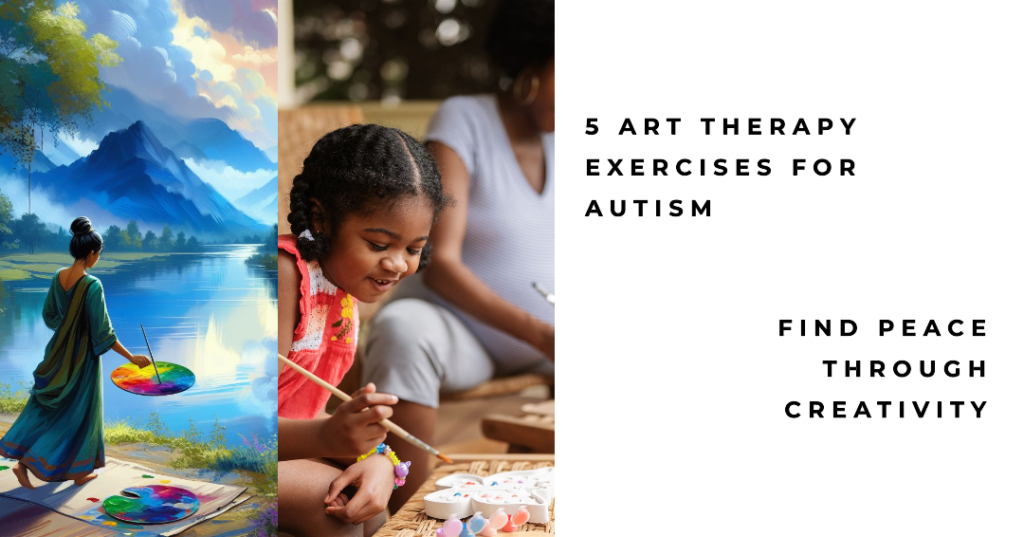
Table of Contents
Art Therapy, an innovative blend of creative expression and psychological understanding, has made a notable impact in the therapeutic arena.
For individuals with Autism Spectrum Disorder (ASD), the benefits of this integrative approach have been highlighted by a wealth of research, including a study published in the “Journal of Autism and Developmental Disorders” which underscored its effectiveness in enhancing emotional communication and social integration. This targeted guide synthesizes practical implementation with in-depth exploration of art therapy exercises tailored for those navigating the unique challenges associated with ASD. By exploring this resource, readers can gain an enriched understanding of the potential of art therapy in enhancing the therapeutic journey and positive development trajectory for individuals with autism.
How Art Therapy Aids in Managing Autism Spectrum Disorders
Art Therapy presents a unique approach for individuals grappling with Autism Spectrum Disorders (ASD). The American Art Therapy Association touts its effectiveness as an amalgamation of the creative process and psychotherapy techniques, fostering self-expression, emotional resilience, and comprehension of dealing with complex neurobehavioral conditions like ASD.
Navigating Autism with Art Therapy
Autism Spectrum Disorders are complex neurological conditions that encompass a range of cognitive, emotional, and communicative challenges beyond stereotypical behaviors. Through the assortment of artistic techniques in art therapy, individuals with autism achieve improved communication, emotional understanding, and enhanced social skills.
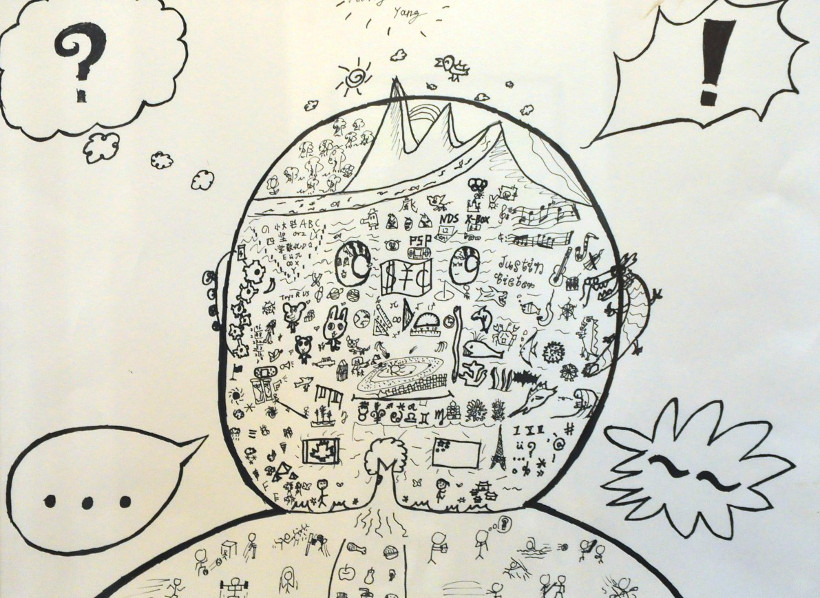
How to Communicate Through Art
Verbal articulation is often overwhelming for individuals on the autistic spectrum, leading to feelings of isolation. Using art therapy for autism provides a unique lexicon for expressing emotions that might otherwise remain unvoiced. Dr. Linda Mullin’s book, “Art Therapy and Autism: Context and Connections,” fleshes out how this visual language transcends the barriers of speech and fosters richer communication.
How Using Art Therapy Helps Emotional Regulation For Autism
Creating art requires a structured approach that coincides well with the preferences of many individuals with autism. The step-by-step order of the artistic process offers an anticipated sequence, reducing anxiety and supporting focus. Furthermore, studies published in the Journal of Autism and Developmental Disorders (2013) indicate effective emotional engagement and self-regulation through guided painting and drawing activities.
Boosting Self-Esteem
Individuals on the autism spectrum often struggle with feelings of inadequacy stemming from social and emotional challenges. The tactile process of creating art is empowering and therapeutic, building a newfound sense of identity, self-autonomy, and a positive self-perception. A 2016 study published in Art Therapy: Journal of the American Art Therapy Association recognized a significant boost in self-esteem and social adaptability among children with autism engaged in a structured art therapy program.
In this growing body of scientific evidence, we see the promising path art therapy opens for individuals on the autism spectrum. As research continues to unfold, we can only imagine what other therapeutic vistas will be revealed.
Exercises: Applying Art Therapy for Autism Spectrum Disorder
Exercise 1: Creating Focused Patterns
Pattern-based exercises can be highly beneficial for individuals with autism due to their innate preference for order and sequences. This type of art encourages self-expression while catering to the cognitive inclinations of individuals with ASD.
Instruction: Draw a grid on a piece of paper and fill each square with a different color, pattern, or symbol. This could represent emotions, experiences, or simply be an abstract pattern of choice. Each square’s representation can shine a light on the emotional or cognitive state of the artist, allowing for independent or shared exploration of these themes.
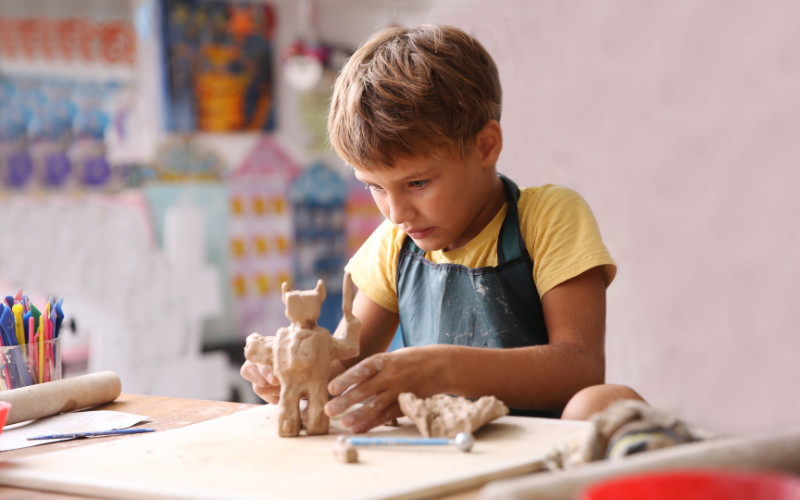
Exercise 2: Clay Sculpting for Sensory Engagement
For many individuals affected by autism, tactile sensory experiences are both challenging and enriching. Clay sculpting introduces a three-dimensional, hands-on approach to art therapy that can be gratifying and therapeutic.
Instruction: Begin by exploring the clay’s texture and temperature; awareness of these sensory elements can be a grounding experience. Using the clay, model a character, an abstract shape, or an object. This act of transformation allows for the externalization of internal experiences, feelings, or thoughts, which can then be discussed or reflected on.
Exercise 3: Visual Timelines
Individuals with autism often prefer structured thinking, making visual timelines an effective art therapy exercise for expressing thoughts, emotions, or significant events sequentially.
Instructions: Draw a line on a long sheet of paper to represent time—past, present, and future. Along this timeline, add symbols, drawings, or collages to represent various points in time—milestones anticipated, past experiences, emotions felt at particular periods etc. This visual representation of time can facilitate understanding and communicating personal narratives and development.
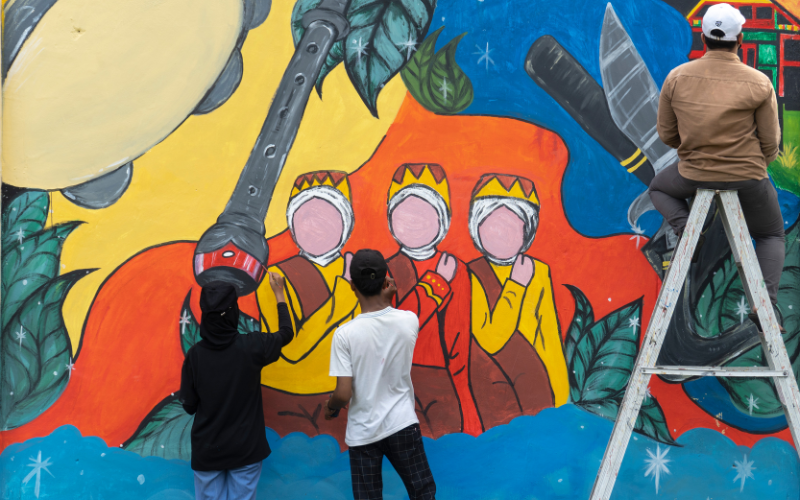
Exercise 4: Collaborative Mural Painting
Collaborating on a large-scale art project like a mural promotes non-verbal communication and emphasizes group cooperation—essential skills that can be challenging for people with autism.
Instructions: Set up a large piece of paper or canvas. Decide on a theme collectively and start working on the mural using paints, markers, or collage materials. The approach here is not just to create but also observe, engage, and interact with the artistic process of others, promoting an understanding of different perspectives and reciprocity.
Exercise 5: Emotion Cards
Visual representations of emotions can be a powerful tool to help those with autism understand and express their emotions more accurately.
Instructions: Begin with several blank index cards, each representing a different feeling like happiness, anxiety, or frustration. Ask the individual to depict each emotion through drawing or collage. This tangible representation of emotions can act as a communication tool for individuals with autism to articulate their feelings during therapy sessions or in their daily encounters.
Collectively, these exercises offer a multifaceted resource to integrate art therapy for autism spectrum disorders into a robust care plan, providing avenues for communication, emotional understanding, personal narrative exploration and social interaction.
Overcoming Potential Obstacles and Broadening Your Art Therapy Education
Art therapy holds profound potential for personal use and as a fulfilling professional avenue. However, a thorough journey into its depth might present challenges. Knowing how to navigate these can make your exploration smoother and enriching.
Insecurities Around Artistic Abilities
A common deterrent for many art therapy neophytes is a lack of confidence in their artistic abilities; they worry their creative talents will prove insufficient.
Solution: It’s crucial to remember that proficiency in art therapy isn’t about your ability to produce masterpieces. The focus of art therapy lies in the process and experience of creating and what it allows you to explore and express on a personal level. Art therapy encompasses multifarious styles and forms—sketching, painting, crafting, sculpture, and more. You don’t have to be an artist to benefit from it; start wherever you’re comfortable. Engage in beginner-friendly, instructional art sessions available on platforms like YouTube, providing a non-judgemental space to practice at your own pace.
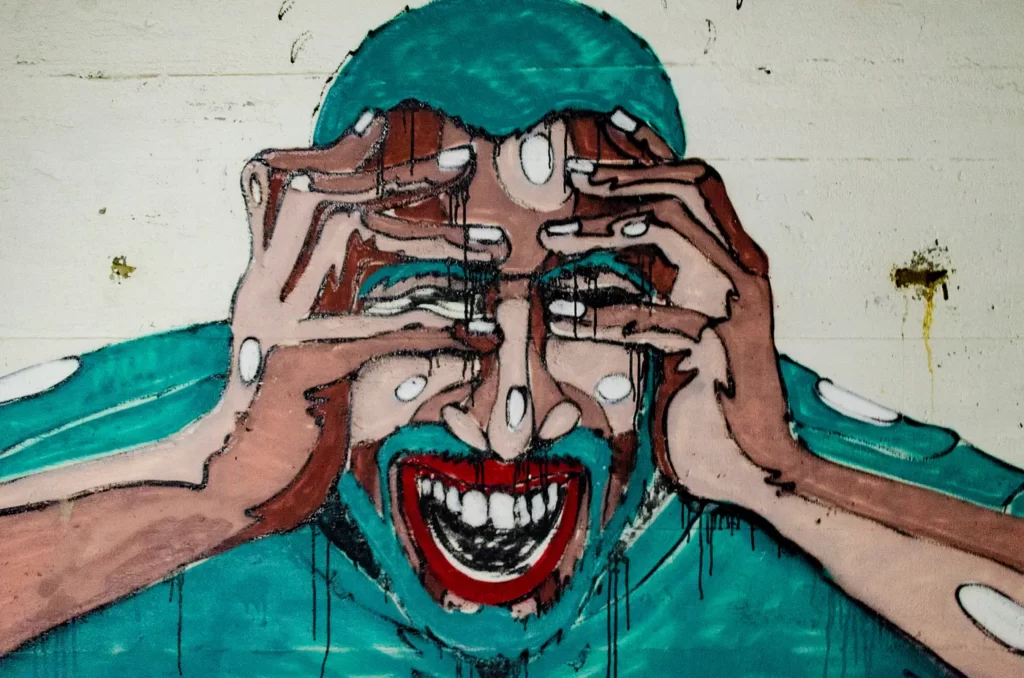
Overwhelming Emotional Outpour
Working through art therapy, specifically when dealing with deep-seated grief, can sometimes elicit a surge of pent-up emotions that can leave one feeling drowned or overwhelmed.
Solution: Remember, these palpable emotional responses are evidence that art therapy is effectively reaching your innermost feelings. Striking a balance and pacing yourself through this journey become important. Take breaks when needed and remember that you hold control over the process. If you find yourself in troubled waters, seek professional guidance—an art therapy professional can provide direction on how to safely navigate these torrential emotional currents. Online mental health platforms like BetterHelp and TalkSpace can connect you to online counselling services, offering a lifeline when you need it.
Crafting a Comfortable Artistic Space
The communications carried out during art therapy often require a conducive atmosphere both physically and emotionally, and creating the right environment might pose a challenge.
Solution: It’s essential to set up a space where you feel most at ease, surrounded by art supplies that you find engaging. Be it painting on a bright sunny porch, or drawing in a cozy nook, the space should be inviting, comfortable, and in tune with your personal style. Few online platforms like Pinterest may provide inspiration for setting up an artistic workspace perfect for your art therapy sessions.
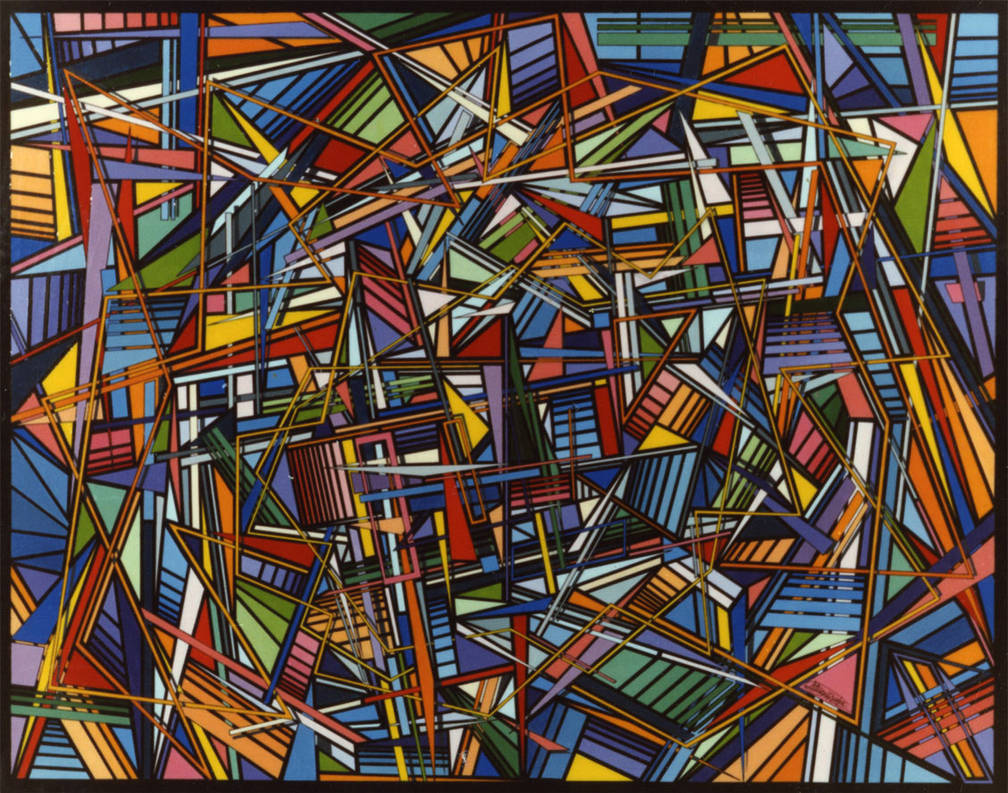
Fear of Misinterpretation
Art is subjective, and there might be concern that your artistic representations could be misunderstood, thus altering the therapeutic experience.
Solution: While art is indeed subjective, in the context of therapy, it’s what the creation means to you that matters. It’s always beneficial to discuss your artwork during art therapy sessions to clarify your emotions or thoughts captured in your art. It may be helpful to maintain an art journal to add notes or descriptions ensuring that the essence of your artwork is captured accurately.
Art therapy is a powerful blend of psychology and creativity, acting as a catalyst in navigating one’s way through intense grief. Each step conquered on your treatment journey should be appreciated, as you are not only managing your sorrow but also converting your grief into a personal journey of self-discovery, resilience, and acknowledgment of the beauty of the human spirit.
Exploring Age-Specific Art Therapy
Art therapy is a versatile practice that can be adapted and modified to cater to all age groups. Its resilience lies in its flexibility and ability to suit the unique needs of different individuals, regardless of their age. Two age groups that particularly benefit from art therapy are teenagers and children.
Art therapy for teenagers can be instrumental for navigating through this transitional stage. A teenager’s mind, often a vortex of emotions, ideas, and new experiences, can find relief and expression through artistic channels. Our blog post 10 Best Art Therapy Activities For Teenagers provides insightful details on employing art therapy exercises tailored specifically for teenagers. Examples include creating self-portraits to explore identity, using lyrics to express emotions, and doing graffiti writing to channel rebellious energy positively.
For younger children, art can serve as an emotionally safe language they can use to communicate when words fall short. Art therapy can capture the vivid imagination, emotions, and thoughts of a child, making it an invaluable therapeutic tool. Our writing on 5 Best Art Therapy Exercises For Children offers an interesting array of activities for children to tap into art therapy’s potential. The illustrated examples include exercises like creating a “worry” monster, reflecting their fears, or making a “hope” tree, visualizing their dreams and wishes.
Incorporating Art Therapy into Grief Recovery
There is so much potential beyond using art therapy for autism support. For example, the transformative power of art can make a tremendous difference for individuals enduring grief. It offers a constructive platform, personifying intangible emotions onto canvas, paper, clay, or any preferred medium. Our guide on 8 Best Art Therapy Exercises For Grief Recovery delineates the potential of art therapy in ameliorating the heavy burdens of grief.
The suggested exercises, like painting the pain, creating a loss box, or developing a memory collage, provide a scaffold to express your grief in a creative, tangible way. These activities mirror individuals’ healing journey, engaging them in their recovery processes, and providing them with a visual narrative of their experiences.
Stepping into art therapy might bring parallels, doubts, and challenges. However, it is essential to remember that the innate ability of this therapeutic method to accommodate everyone, regardless of their artistic skill or age, is what makes it a powerful tool in processing emotions, nurturing growth, and promoting healing. Incorporating these exercises outlined in our comprehensive blogs can provide you with practical insights into how sophisticatedly and carefully curated art therapy programs assist individuals in dealing with grief, adolescence, and childhood.
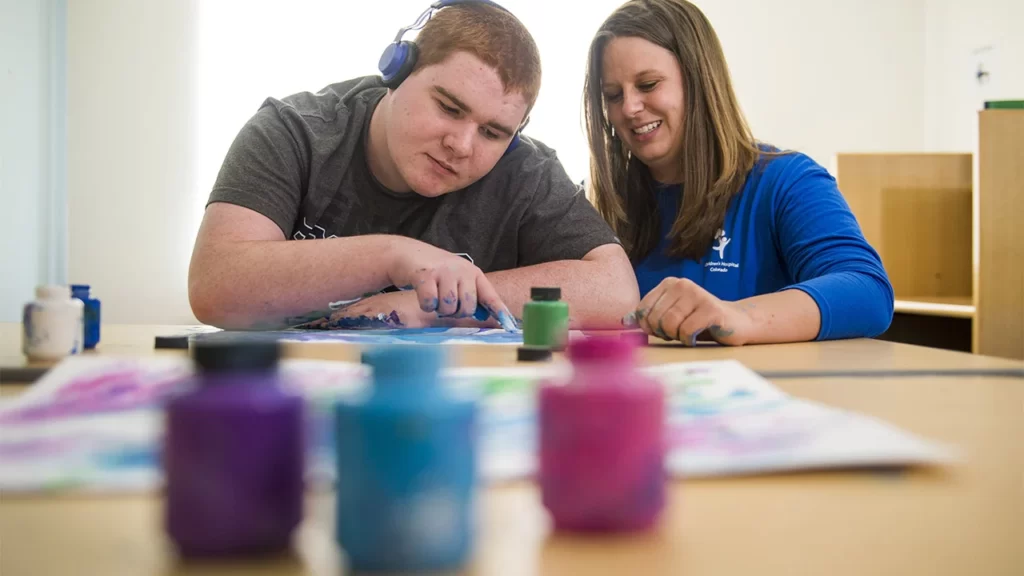
Exploring More about Art Therapy
Grieving through creative means may stir an interest within you to delve deeper into the mechanics of art therapy and understand the process better.
Solution: Enrolling in a comprehensive course in art therapy can quench this thirst for knowledge. Our Art Therapy Practitioner Certification course is crafted to introduce you to the expansive world of art therapy, encompassing both theory and practice. It provides a deep dive into different creative therapeutic methods, their applications and implications, helping you gain in-depth understanding and proficiency in the art therapy domain.

Considering a Profession in Holistic Health and Art Therapy
If your exploration of art therapy draws you towards the prospect of forming a holistic health practice that encompasses art therapy among other modalities, a multitude of factors come into play. These may involve everything from acquiring and honing relevant therapeutic skills to understanding the academic commitments involved, and mastering the pragmatic details of starting and establishing your own business.
Solution: Embarking on our Holistic Health Practitioner course can alleviate these concerns, offering a salient framework to help pave your way. This course is designed to provide a comprehensive view of the diverse modalities in holistic health, including art therapy. It provides an understanding not only of the therapeutic techniques and their applications, but it also guides you through the academic aspects essential for building a strong foundation in the practice.
In the business realm, the course delves into working knowledge about establishing a successful practice—from branding and setting up your office to client relation strategies and marketing yourself effectively through different channels. It provides you with practical tools to navigate the business aspects of your practice efficiently, paving the way for a thriving and fulfilling career in the ever-evolving domain of holistic health and art therapy.
By integrating the theoretical aspects with practical applications, this course offers an enriching, all-encompassing experience. Whether you’re a budding art therapist or an aspiring holistic health practitioner, this course with its multifaceted approach will nudge you closer to realizing your professional aspiration.

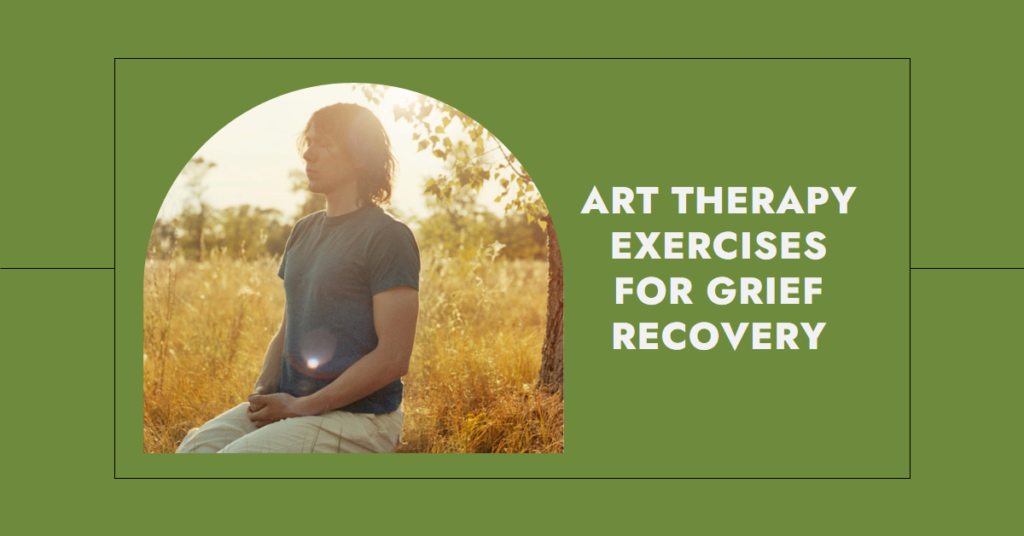
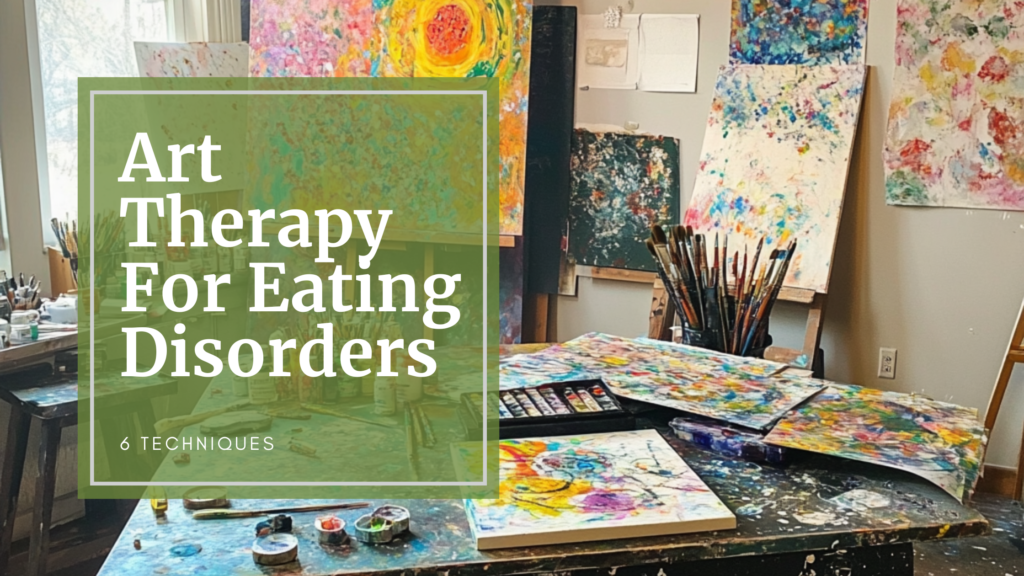
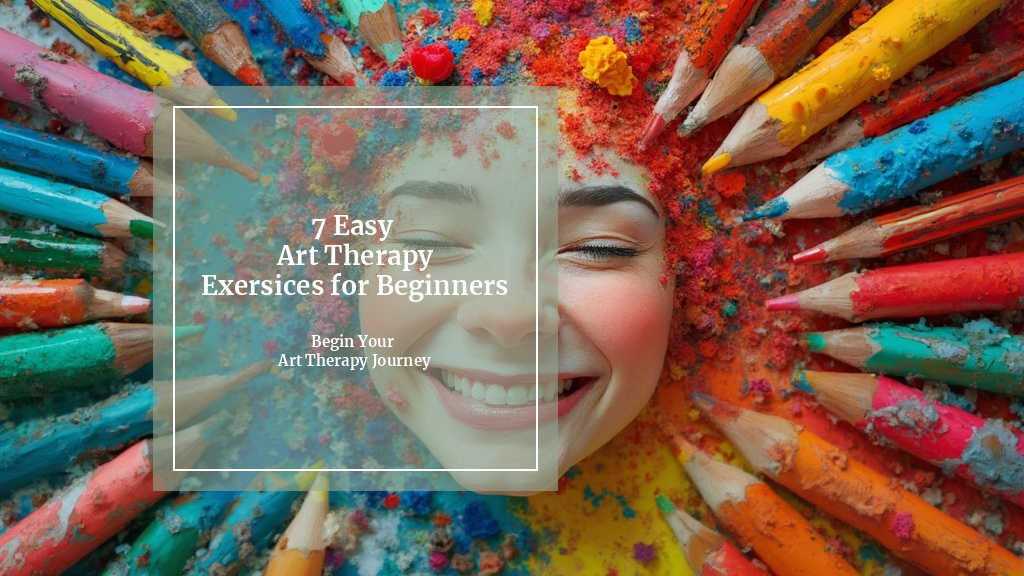
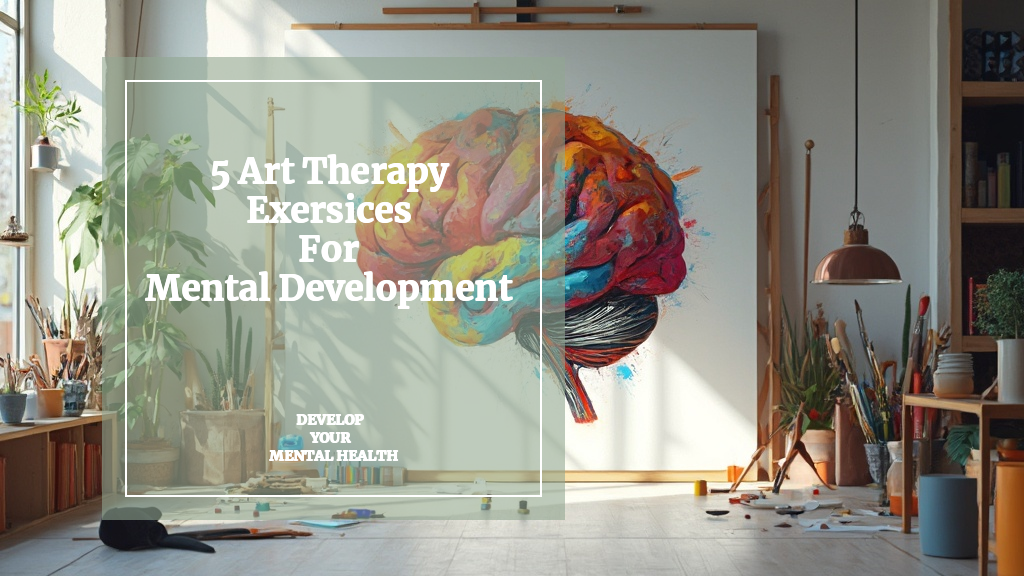
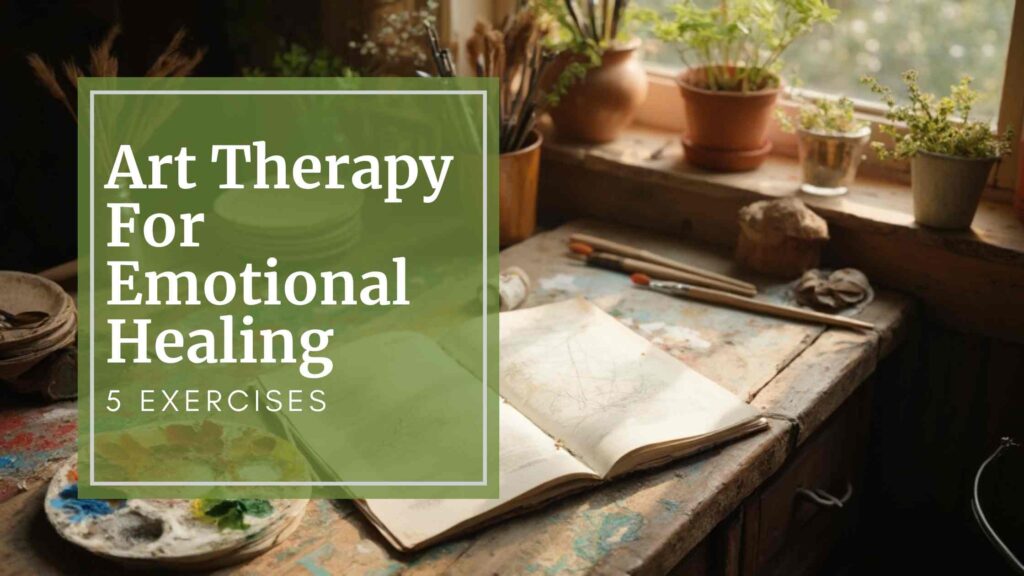


Responses